In fully autonomous mode, the HabaNiro’s steering wheel and instrument panel retract to give more room for front occupants and media can be display on the head-up display. While advanced self-driving systems won’t be launched in the next-generation Niro, Kia is already testing such technology at its base in South Korea.
The HabaNiro also features Kia’s Real-time Emotion Adaptive Driving System (READ), first shown at this year’s Consumer Electronics Show. It can personalise the cabin by reading a driver’s emotions in real time through artificial intelligence-based recognition technology. Again, Kia plans to introduce such technology, but not in the short term.
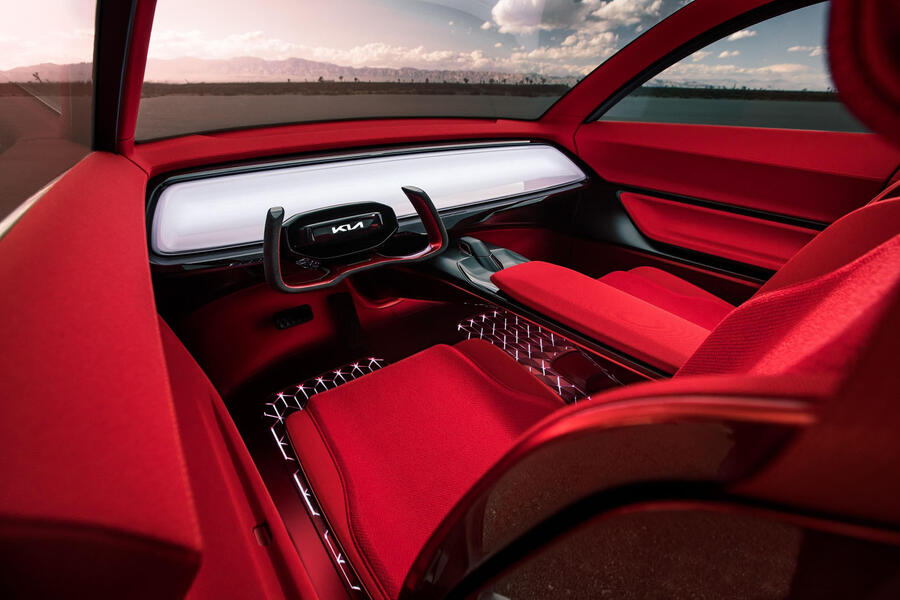
A Kia spokesman said: “The HabaNiro is a compact crossover utility vehicle only in terms of existing industry category language. But the HabaNiro can’t be so easily defined. It’s essentially an all-electric Everything Car, or ECEV: commuter, crossover, sport utility, state-of-the-art technology workroom and adventure vehicle.
“We wanted this concept to be comfortable navigating city streets, carving turns on a coastal road and off-roading with confidence to remote wilderness adventures.”
The current Niro hybrid and plug-in hybrid variants have recently been facelifted, drawing the exterior closer in look to the e-Niro while adding greater connectivity inside.
Kia will launch hybrid versions of its Ceed hatch and estate later this year, while its yet-to-be-revealed XCeed SUV is also set to get a plug-in hybrid powertrain.
There are no imminent plans for more electric models beyond the e-Niro and new electric Soul. A production version of the four-door performance Kia by Imagine concept from this year's Geneva motor show is due in 2021.
Read more
Four-door Imagine by Kia gets performance focus
E-Niro review
Kia Xceed preview in official sketch
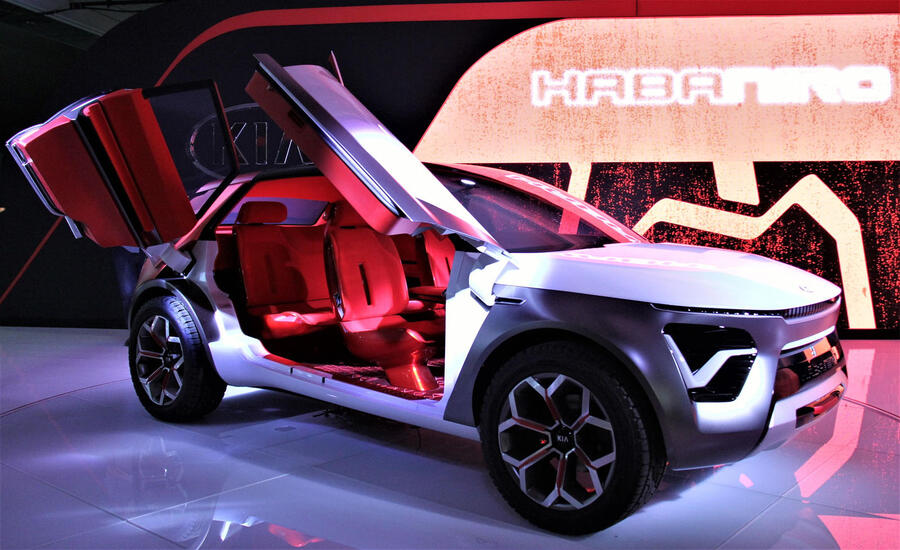

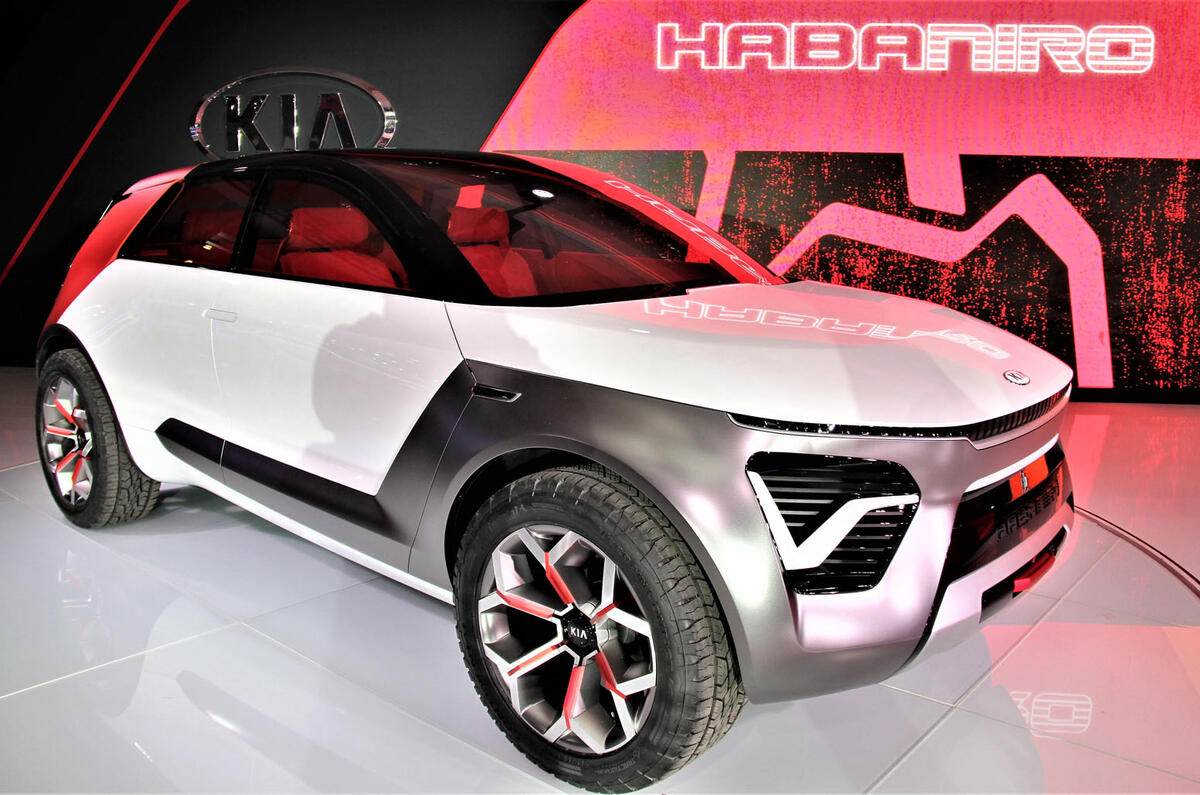
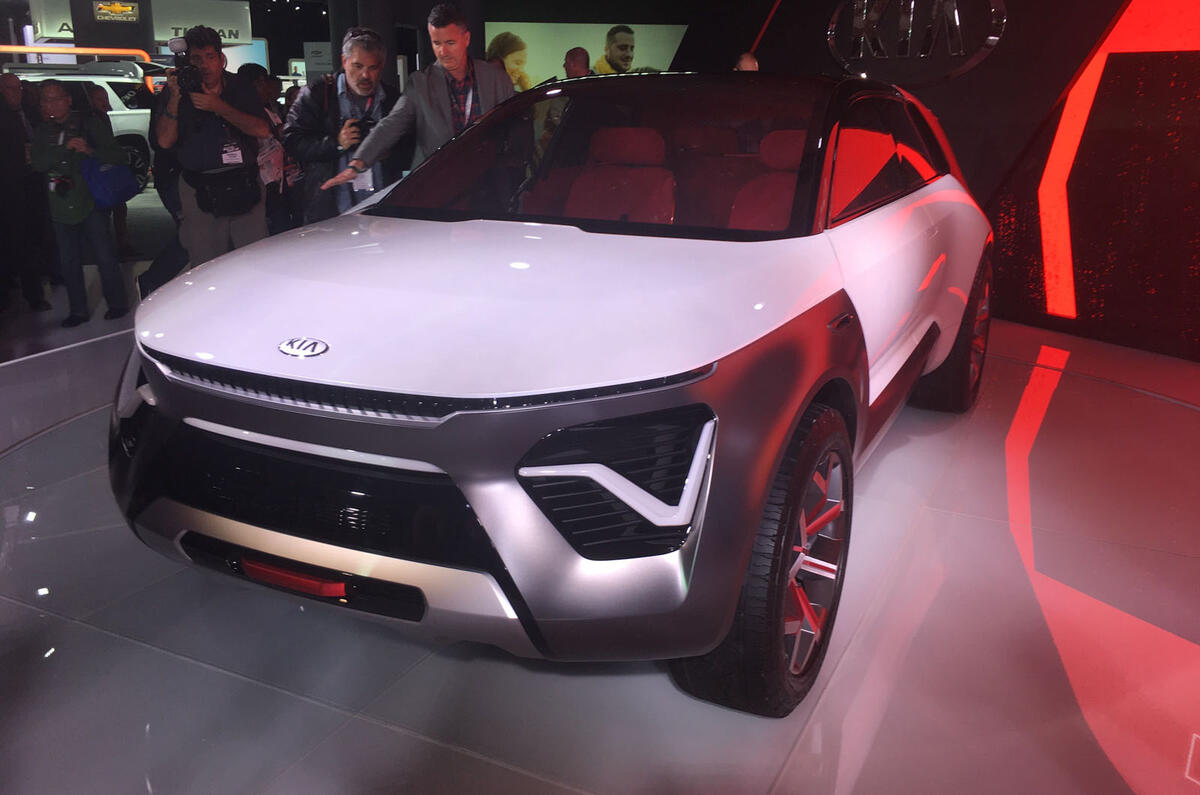

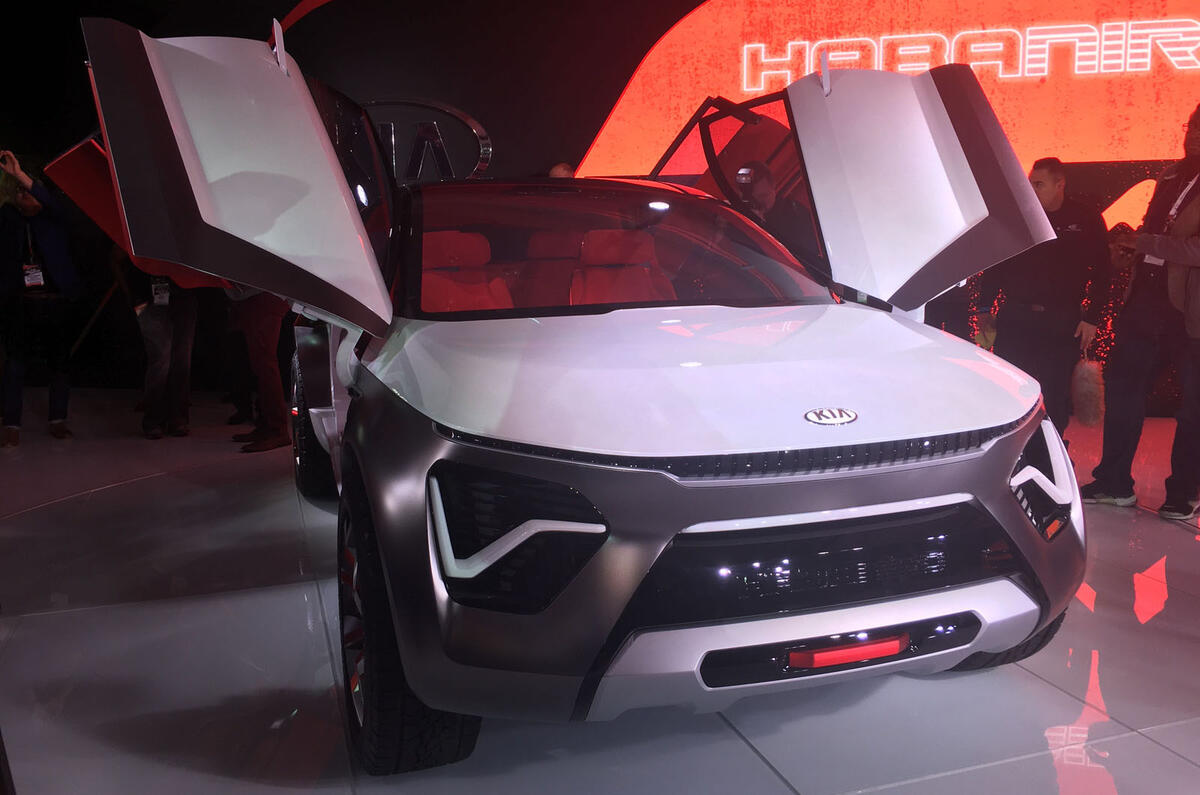
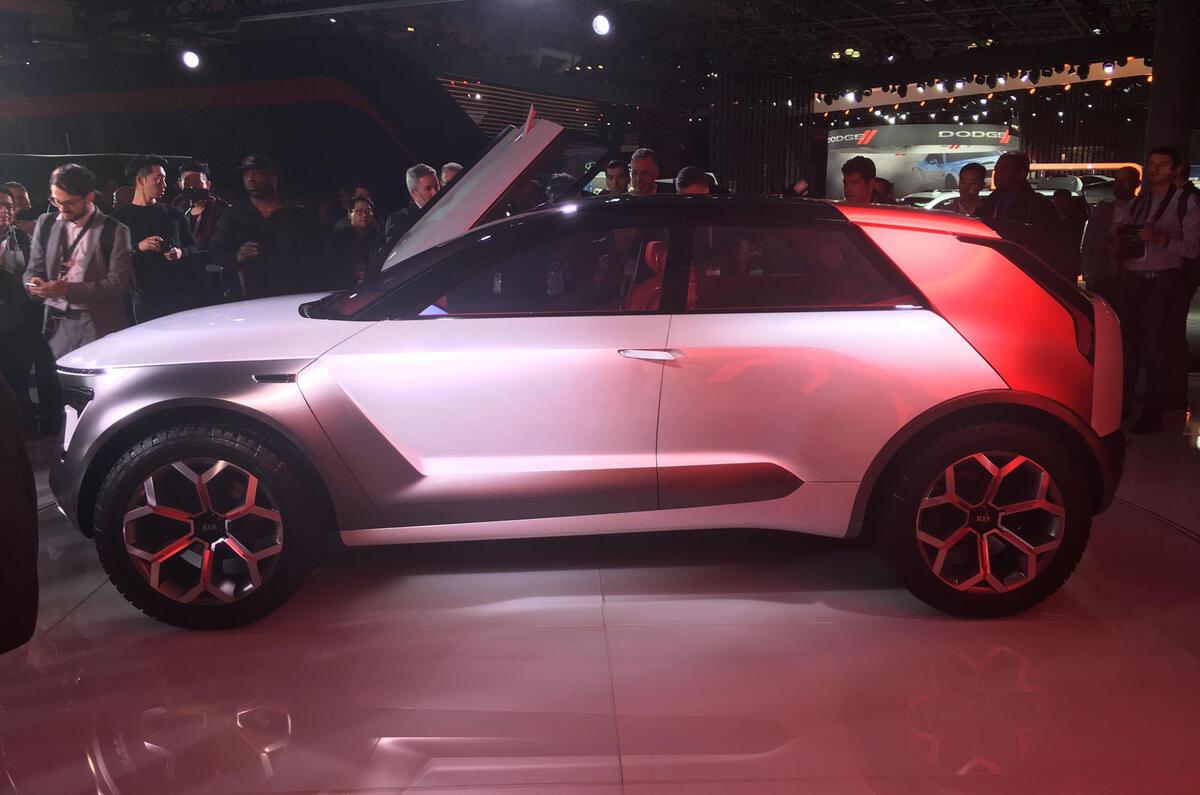
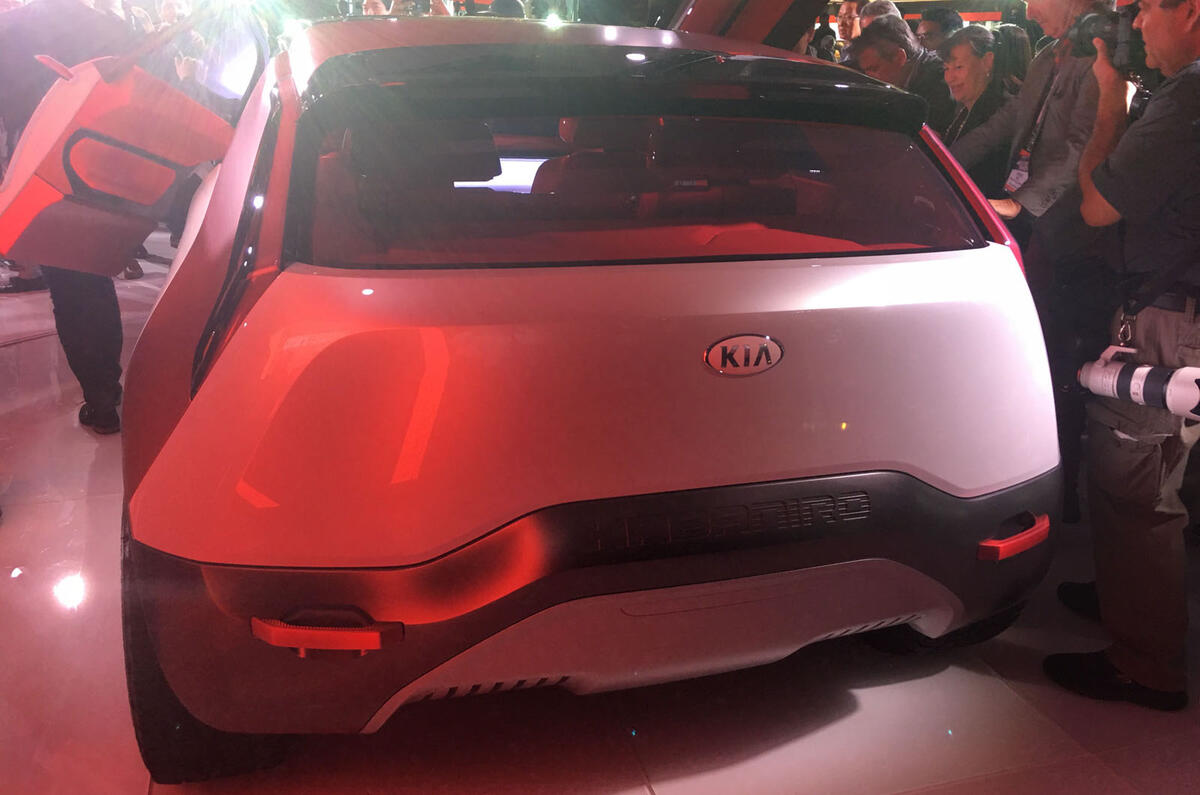
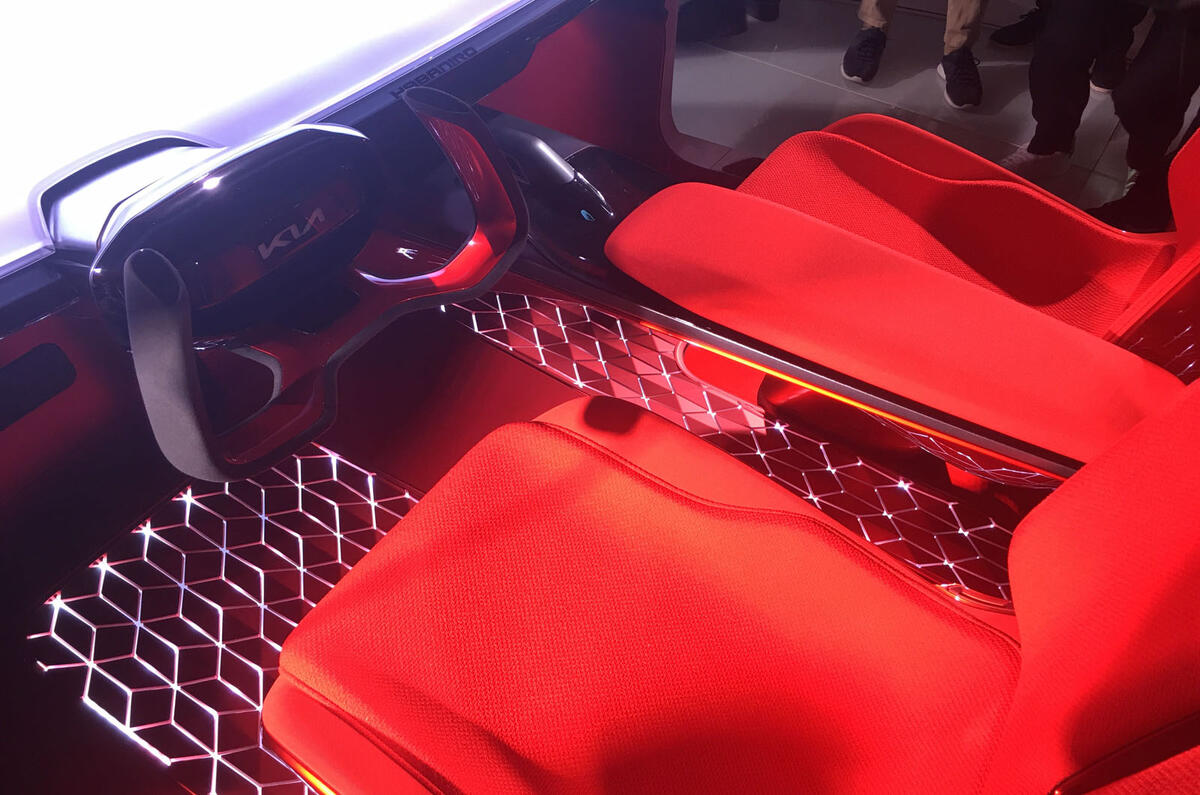
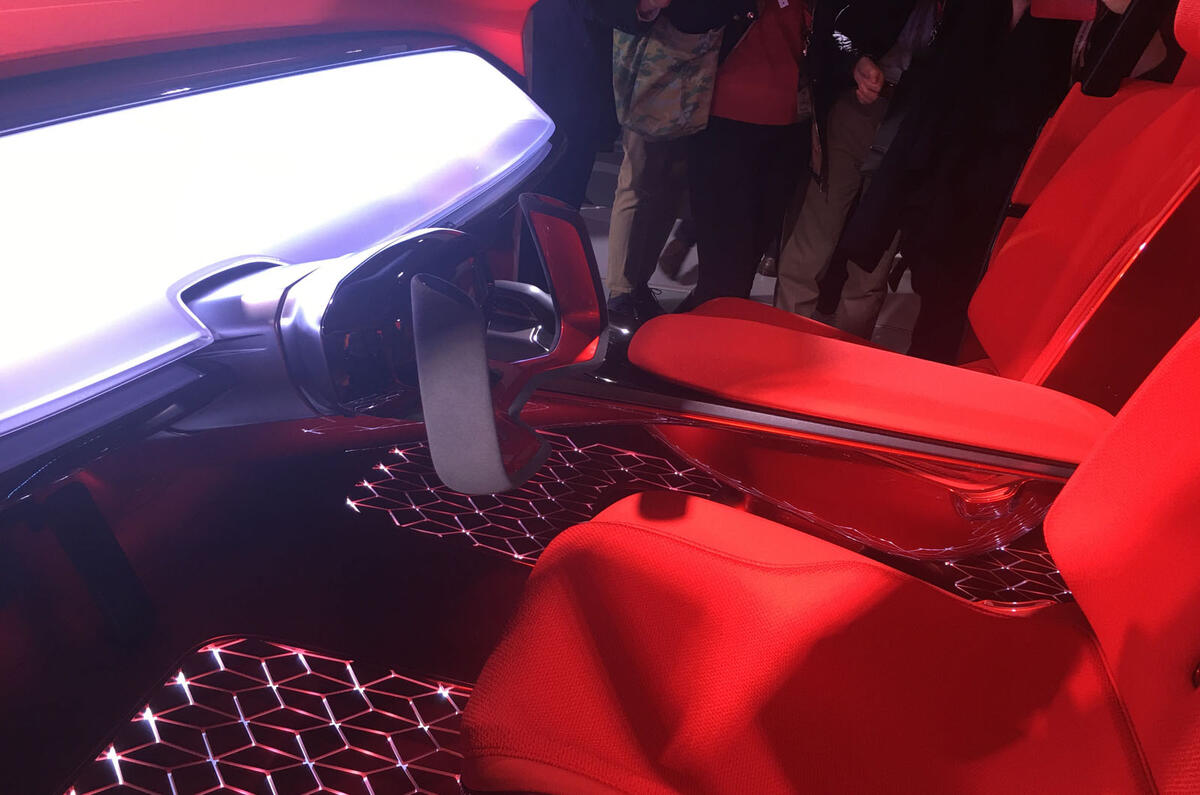
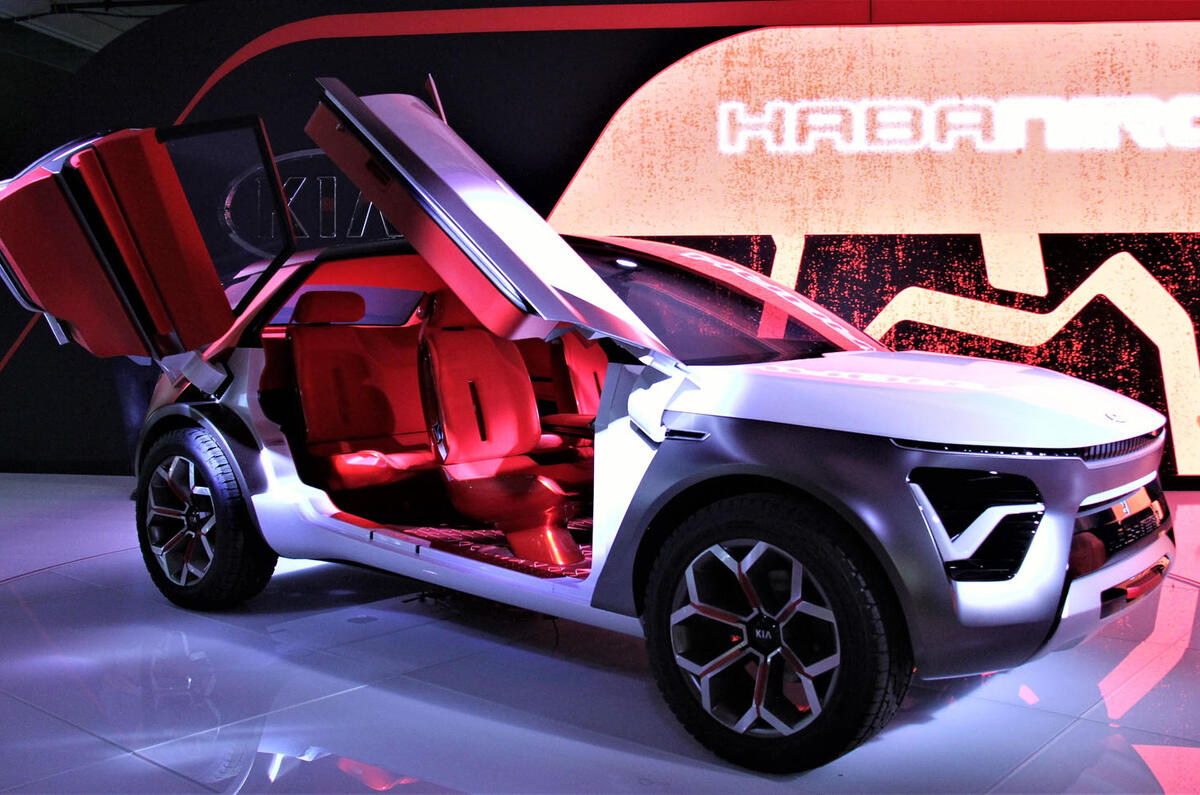

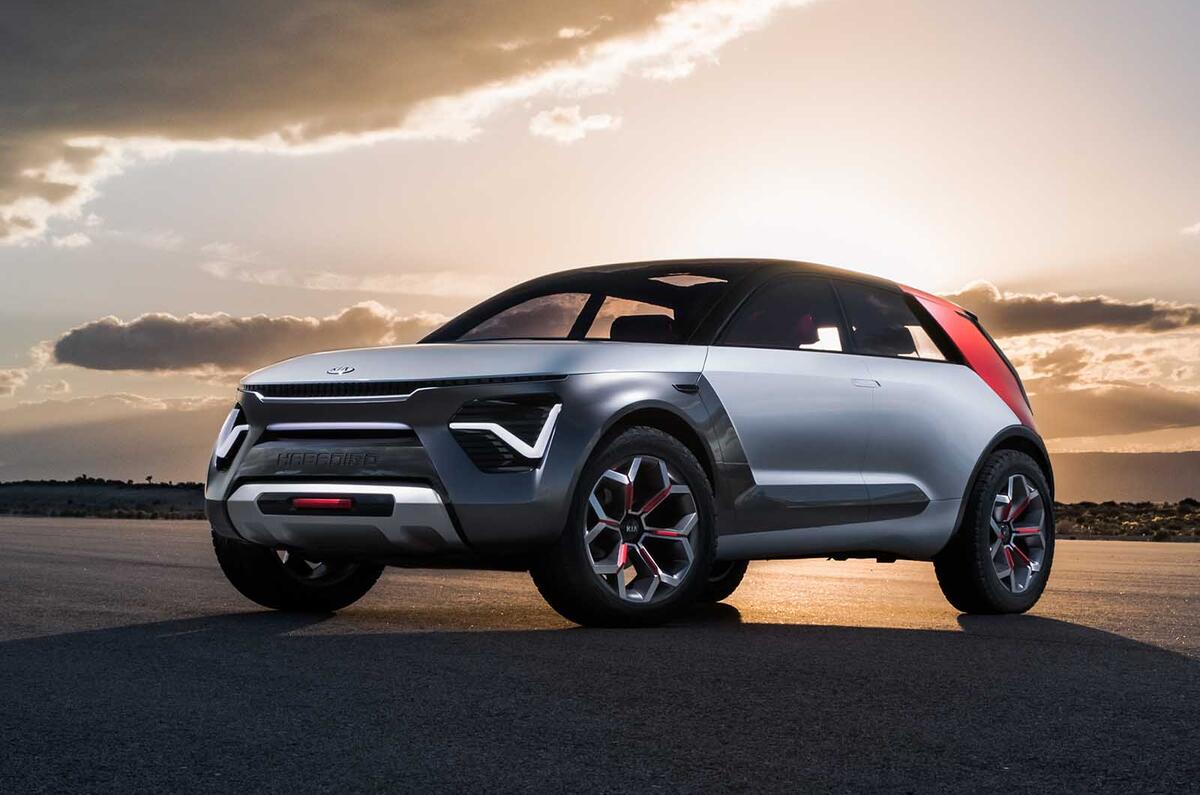
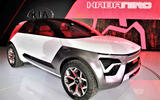
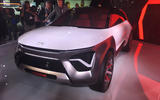








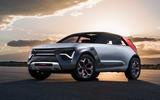


Add your comment